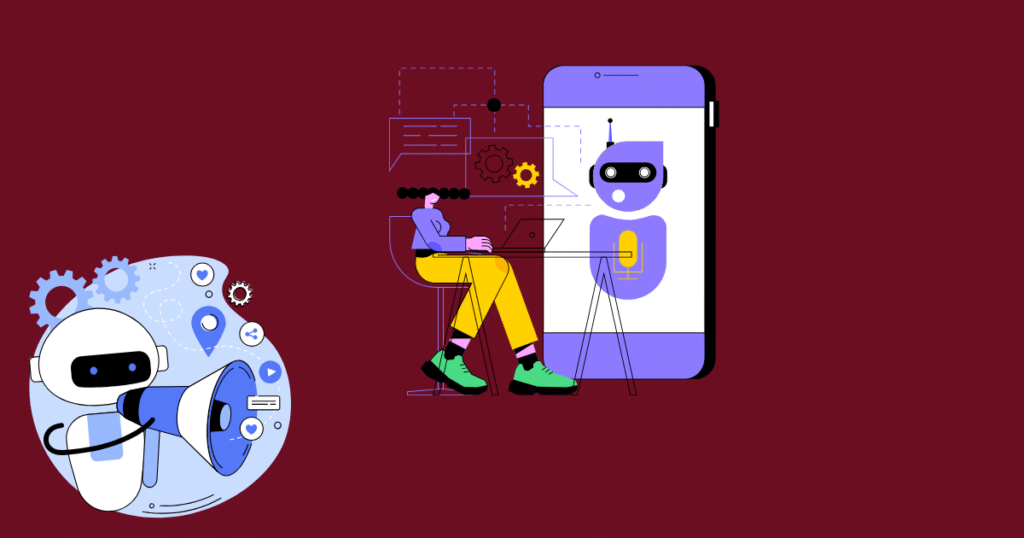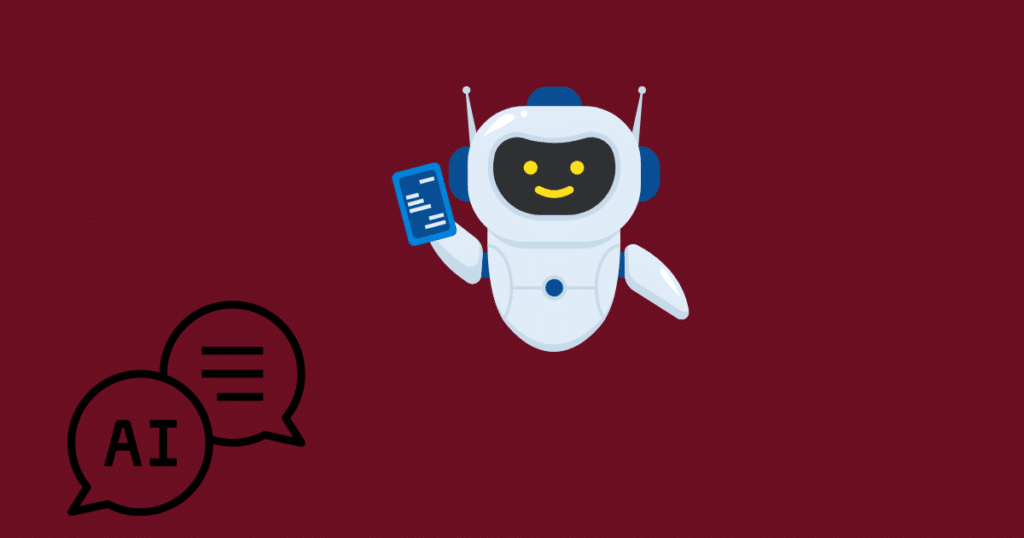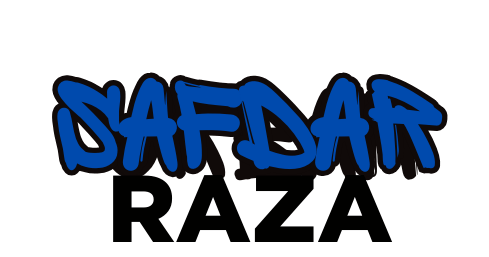
Did you know that the average language learner can improve their vocabulary retention by 42% when incorporating AI-powered spaced repetition systems?
Whether you’re a beginner taking your first steps in a new language or an advanced learner aiming for fluency, AI tools can significantly accelerate your progress and help you overcome common learning plateaus.
Popular platforms like Babbel and various AI-powered solutions offer effective ways to enhance your language learning journey.
This guide will explore the most effective AI-powered methods and tell you how to use AI for language learning to transform your language learning journey in 2025!
Understanding AI in Language Learning
I remember the first time I tried using AI for language learning.
Let me tell you, it was nothing like what we have today!
I downloaded this translation app that was supposed to help with my Spanish, but it kept giving me these weird literal translations that made no sense when I actually used them with native speakers. Talk about embarrassing.
AI in language learning isn’t just about translation, though – it’s about creating personalized learning experiences through algorithms that actually adapt to how you learn.
Language learning apps have evolved tremendously, using sophisticated AI to customize your learning experience
The tech essentially studies your mistakes, strengths, and learning patterns to customize what you see next.
I’ve seen this firsthand with many other language learners who struggle with different aspects of language acquisition – some need more help with grammar, others with pronunciation.
The evolution has been pretty mind-blowing.
We went from basic electronic dictionaries to sophisticated conversation partners in just a few years.
I still have an old electronic translator gathering dust somewhere in my basement!
Today’s AI language tools can actually hold meaningful conversations with you, correct your pronunciation in real-time, and even understand context in ways that were science fiction not long ago.
One thing that drives me nuts is when people think AI will magically make them fluent without putting in any work.
That’s just not how it works, folks. The AI is a tool, not a miracle worker. I’ve seen language students disappointed when they realized they still needed to practice regularly.
Another misconception?
That AI understands language like humans do.
Despite impressive capabilities, these systems don’t truly “understand” cultural nuances or humor the way people do.
I learned this lesson when practicing Japanese idioms with an AI tutor that completely missed the cultural context.
AI excels at providing immediate feedback and unlimited practice opportunities – something a single teacher could never with 30 students!
Top AI-Powered Language Learning Apps
Let me share what I’ve discovered after testing practically every language app on the market over the past few years.

Conversation-focused apps like Babbel have seriously upped their game with AI speech recognition.
I remember when these systems could barely tell the difference between “beach” and “speech,” but now they can detect subtle pronunciation errors that even some native speakers might miss!
What’s impressive is how they adjust to your accent over time. Mine is pretty thick (thanks, Wisconsin!), but after a few weeks, Babbel started understanding my attempts at spanish much better.
The specialized vocabulary apps using AI-powered spaced repetition have been game-changers for me.
These aren’t your grandma’s flashcards! The algorithms predict exactly when you’re about to forget a word and show it to you right before that happens.
I was skeptical at first, but after learning 200+ engineering terms in just a month, I’m a believer.
What none of these apps tell you is that they work best when used together.
I’ve found combining a conversation app with vocabulary tools gives the best results. The tech is amazing, but you still gotta put in the work!
AI Chatbots and Conversation Partners.
AI language partners like ChatGPT and Claude have become my daily practice buddies.

Unlike human conversation partners, they never get tired of my beginner mistakes or need to run off to work! I’ve found that being specific with prompts makes all the difference.
Instead of just saying “let’s practice Spanish,” I get way better results with something like: “Let’s have a conversation about ordering food in a restaurant. Correct my grammar mistakes but only the serious ones. Use simple vocabulary and short sentences.”
Role-playing scenarios have been my secret weapon.
I’ll ask Claude to pretend to be a hotel receptionist while I practice booking a room in French.
Contextual learning is so much better than memorizing random phrases. Plus, it’s less embarrassing to mess up with an AI than a real person!
Let’s be real, though – these bots have limitations. They sometimes accept incorrect language as correct, especially with less common languages.
They also miss the cultural nuances that human speakers naturally include.
I learned this the hard way when practicing Japanese honorifics and realizing the AI wasn’t catching my inappropriate formality levels.
To keep challenging myself, I gradually increase difficulty by asking the AI to use more complex vocabulary or speak faster.
I’ll literally type “please use more advanced grammar in your responses” after a few weeks with a language.
The magic happens when you combine AI practice with real human interaction. The bots give me confidence, but humans give me authenticity.
Speech Recognition and Pronunciation Tools
Modern speech recognition for language practice has come so far in the last decade.
These systems use language pattern recognition software to compare your speech patterns against native speaker models in real-time.

I was blown away when I first used an app that showed me a visual waveform comparison between my pronunciation and a native speaker’s.
The difference was eye-opening!
One tool I’ve been obsessed with lately uses pronunciation accuracy measurement to highlight exactly which phonemes I’m struggling with.
What makes these tools special is the personalized feedback algorithms that adapt to your specific pronunciation challenges.
The mobile app landscape for pronunciation has exploded.
My current favorite uses neural machine translation for learners alongside pronunciation training, creating a comprehensive approach.
For tracking progress, I’ve found apps using language proficiency tracking with AI particularly helpful.
They create benchmarks of your pronunciation and show improvement over time with actual data.
Nothing keeps me motivated like seeing those progress graphs trending upward!
Don’t expect perfection from these tools though.
I’ve noticed they sometimes struggle with dialect recognition technology, especially with less common accents.
And the feedback can occasionally be frustrating—I once spent an hour trying to pronounce a spanish word that the app just wouldn’t accept despite my spanish friend saying it sounded fine!
For serious language learners, combining these tools with conversational AI for language fluency practice creates the perfect daily routine.
Fifteen minutes of focused pronunciation work can make a world of difference!
AI-Powered Translation and Comprehension Tools
I’ve watched translation tools evolve from word-for-word disasters to sophisticated systems that actually understand idioms and cultural references.
The trick I’ve learned is using these tools as learning aids rather than crutches. Instead of instantly translating everything, I use real-time translation apps to check my own attempts first.
This approach turned my daily Spanish news reading from frustrating to enlightening. When I’m stuck, I’ll translate a paragraph, study the patterns, then try the next paragraph on my own.
Browser extensions have been game-changers for my online language immersion.
I’ve set mine to translate only when I click, which forces me to attempt comprehension first.
Some extensions even use natural language processing for beginners to explain grammar concepts when you highlight text.
For deeper learning, I’ve found parallel text generation incredibly effective.
These tools present foreign text alongside translations, allowing you to see sentence structure differences.
I initially thought this was cheating until I realized how much grammar I was passively absorbing through pattern recognition.
The most mind-blowing tools are definitely the image-based ones that use immersive AR language experiences to translate signs, menus, and objects in real-time.
These apps combine multimodal learning with AI by connecting visual elements with language.
Creating Personalized Learning Plans with AI
Everything changed when I discovered personalized AI language curriculum tools that actually adapted to my specific needs. Talk about a game-changer!
The first step in my journey was using AI assessment tools to identify my strengths and weaknesses.
I was shocked to discover that while my reading comprehension was advanced, my listening skills were barely intermediate.
The assessment used AI language learning for specific purposes to pinpoint exactly where I needed work, saving me from wasting time on areas I’d already mastered.
Tracking progress became my obsession once I started using apps with language learning data analytics.
These tools showed me beautiful graphs of my vocabulary retention rates and grammar improvement over time. I checked my stats almost daily – something about seeing that upward trend kept me motivated even when I felt stuck.
The coolest feature I’ve found is the ability to create custom vocabulary lists based on personal interests. One app analyzed my favorite Spanish cooking blog using vocabulary gap analysis and created flashcards specifically from terms I’d need to understand recipes.
This targeted approach made learning feel relevant to my actual life instead of memorizing random words I’d never use.
Setting achievable goals became so much easier with AI progress tracking. Instead of vague goals like “become fluent,” my app suggested specific milestones like “master 50 food-related terms” or “understand 80% of a news broadcast.”
These concrete goals using continuous assessment AI algorithms made each day’s practice session feel purposeful.
The true magic happens with adaptive learning systems that automatically adjust to your level.
I was initially frustrated when my German app kept showing me the same grammar pattern, until I realized it used memory retention algorithms to ensure I’d mastered it before moving on. Learning became less about checking boxes and more about actual proficiency.
My one caution? Don’t let the AI plan become your master! I sometimes tweak the recommendations when feeling burned out or interested in a specific topic.
The technology is incredible, but your own intuition about your learning journey still matters.
Conclusion
By strategically incorporating these powerful tools into your study routine, you can personalize your learning journey, receive instant feedback, and practice in ways that were impossible just a few years ago.
Remember that AI works best as a complement to, not a replacement for, genuine human interaction and cultural immersion. Start by selecting one or two AI tools that address your specific language goals, integrate them into your routine, and watch your proficiency soar!
